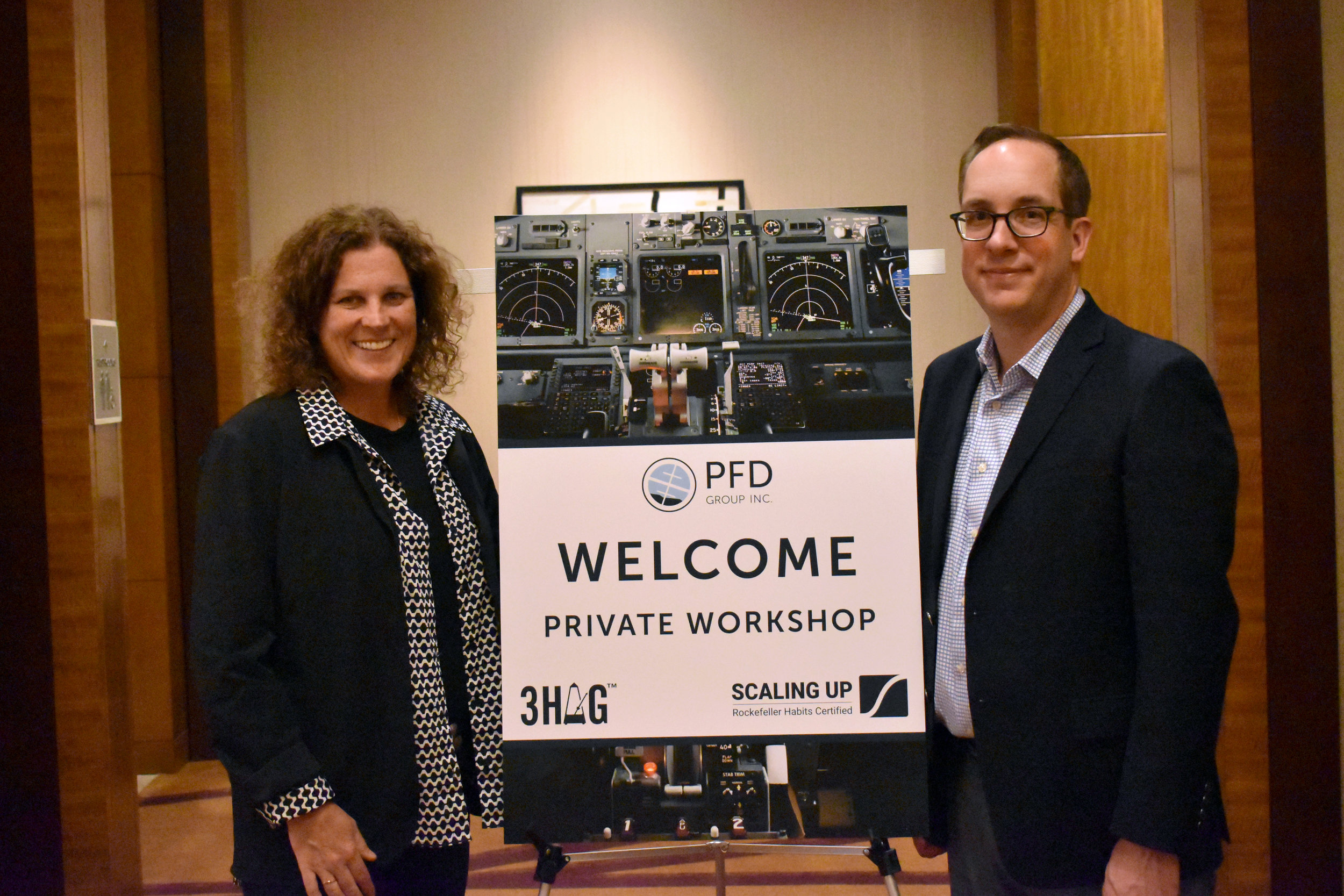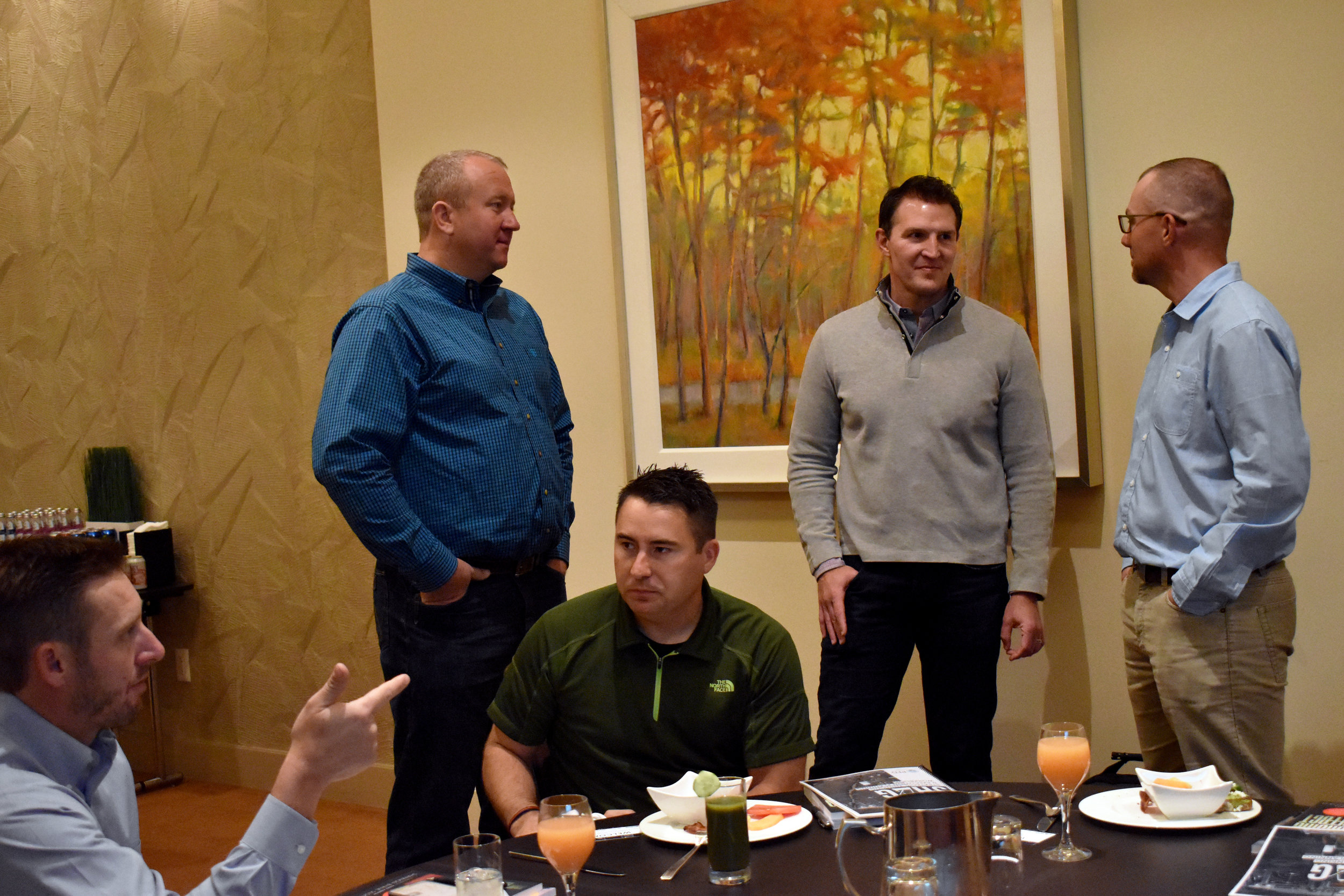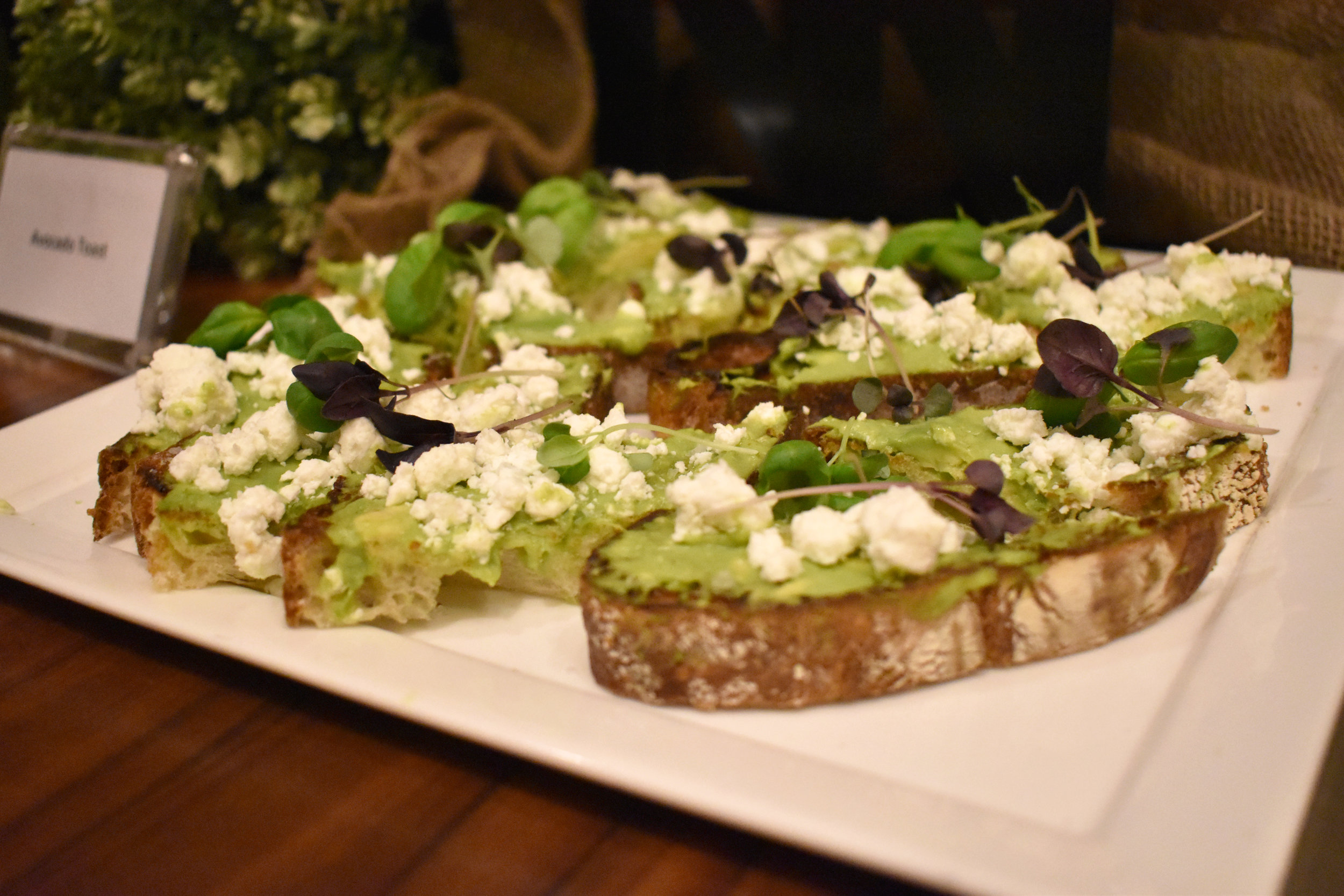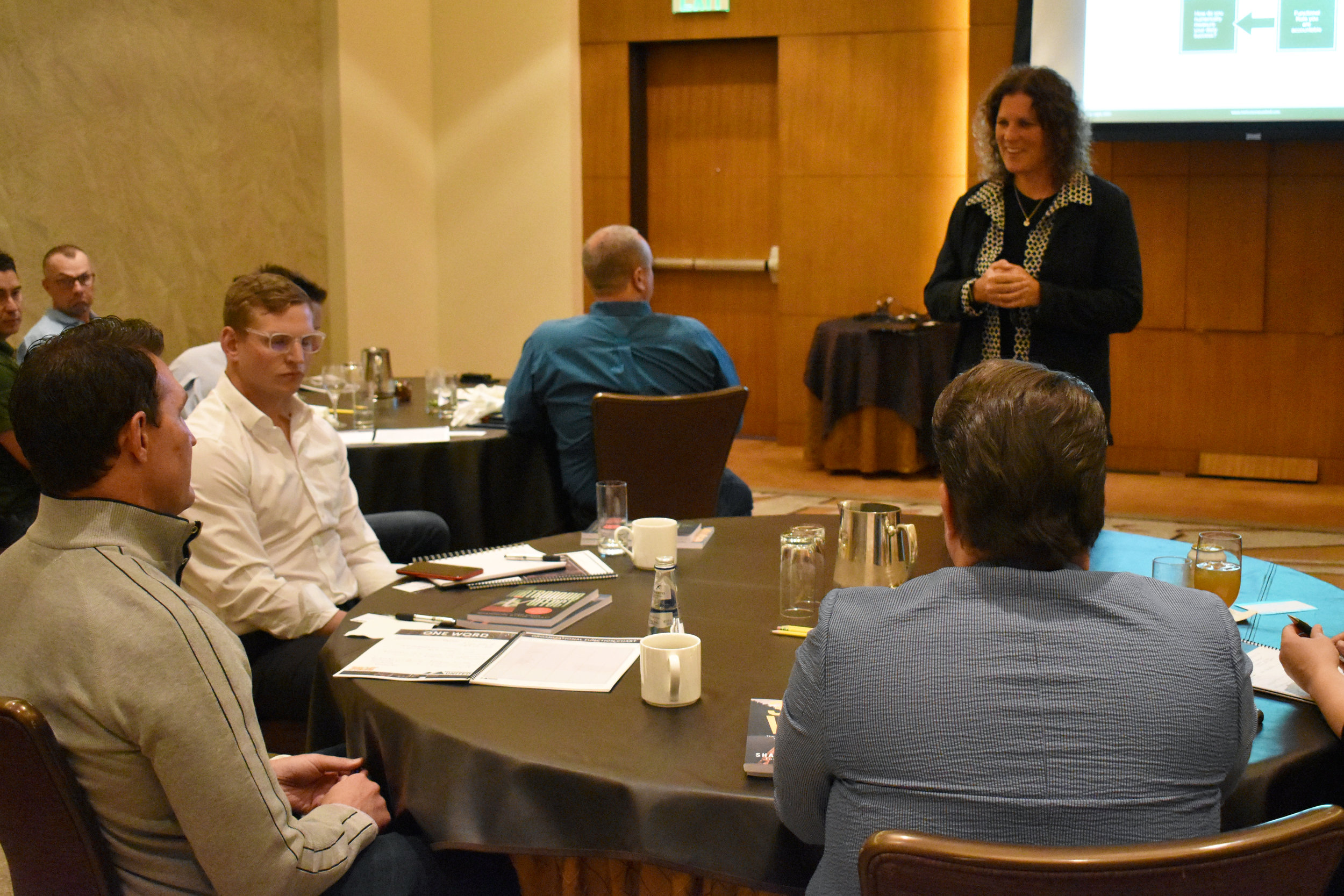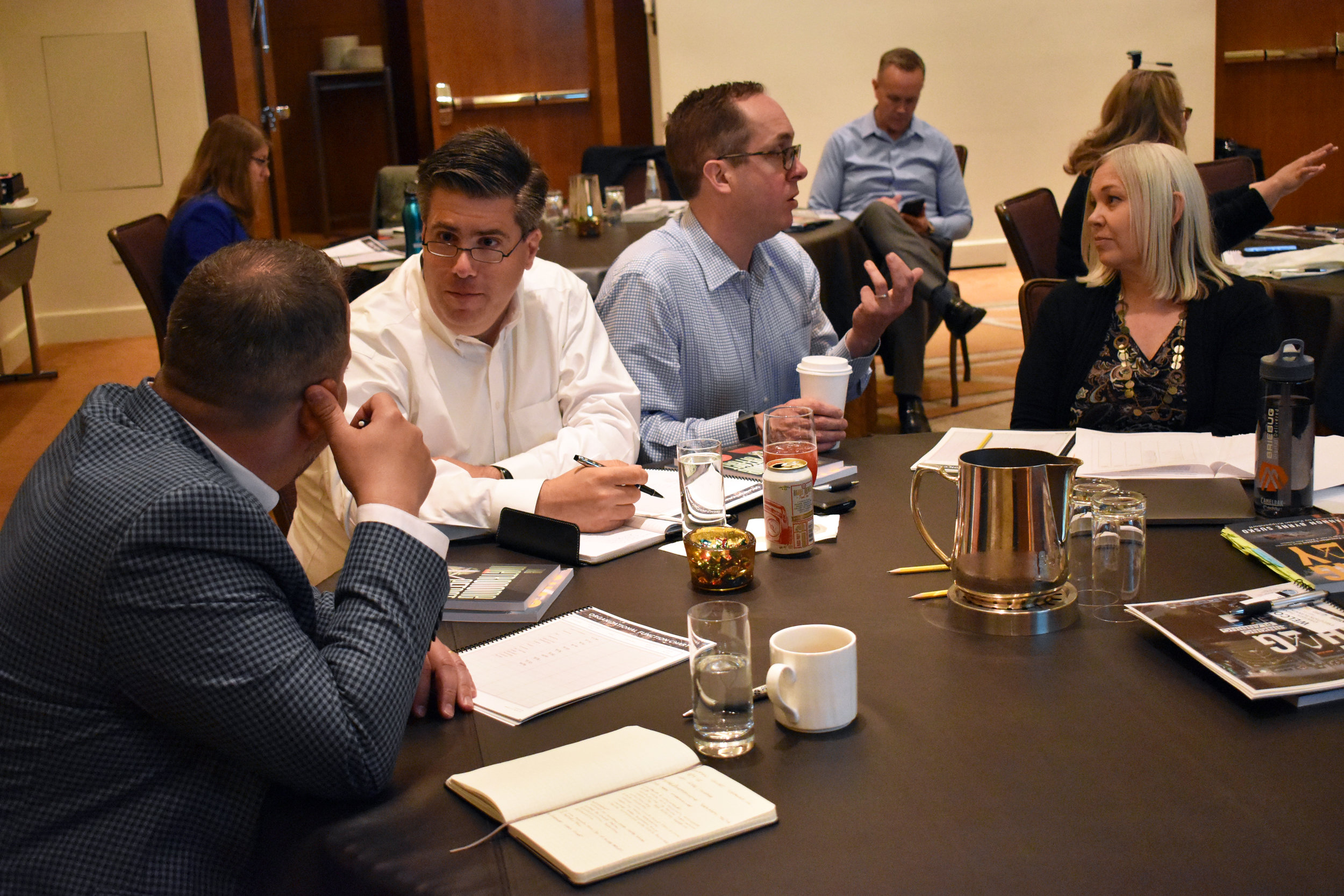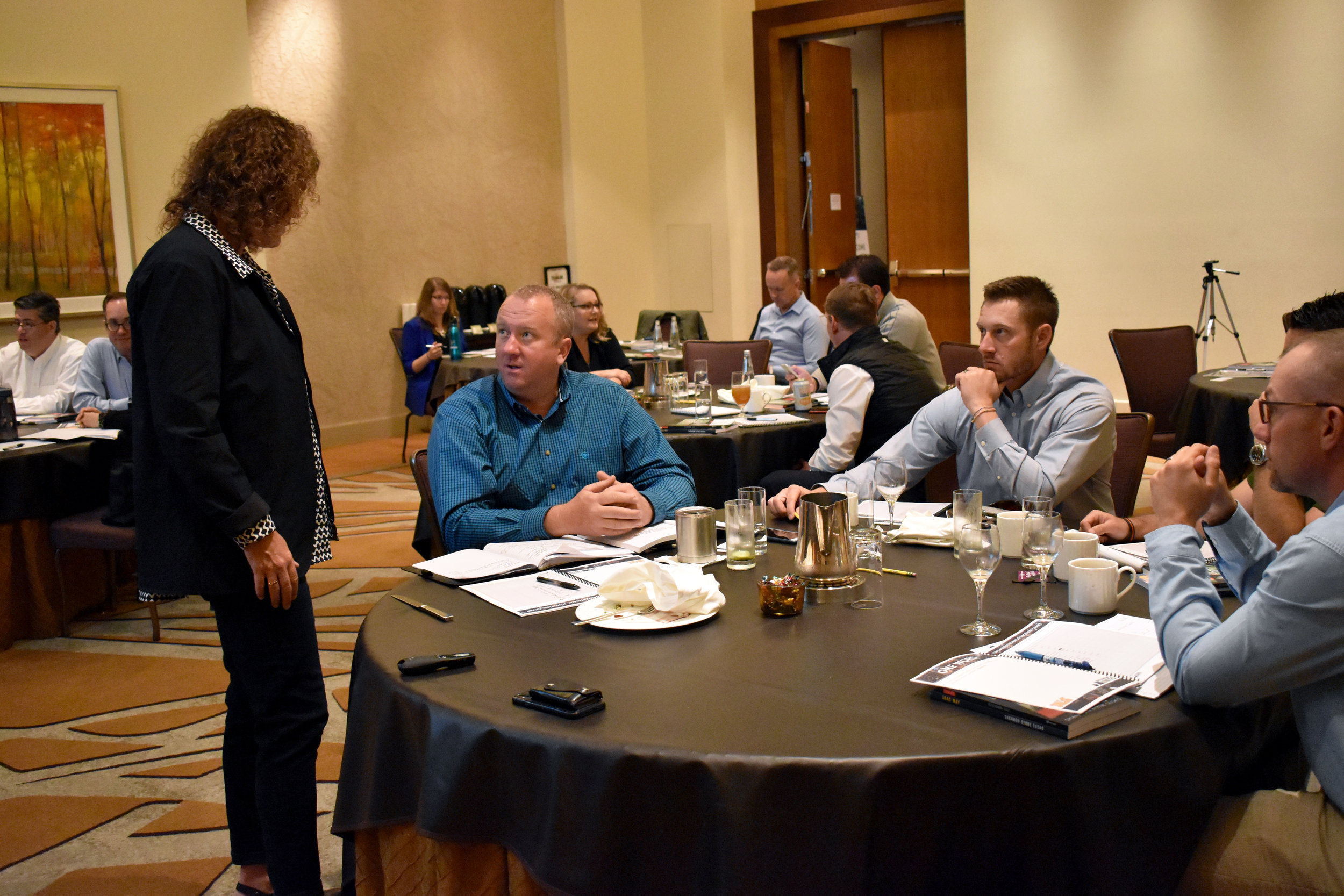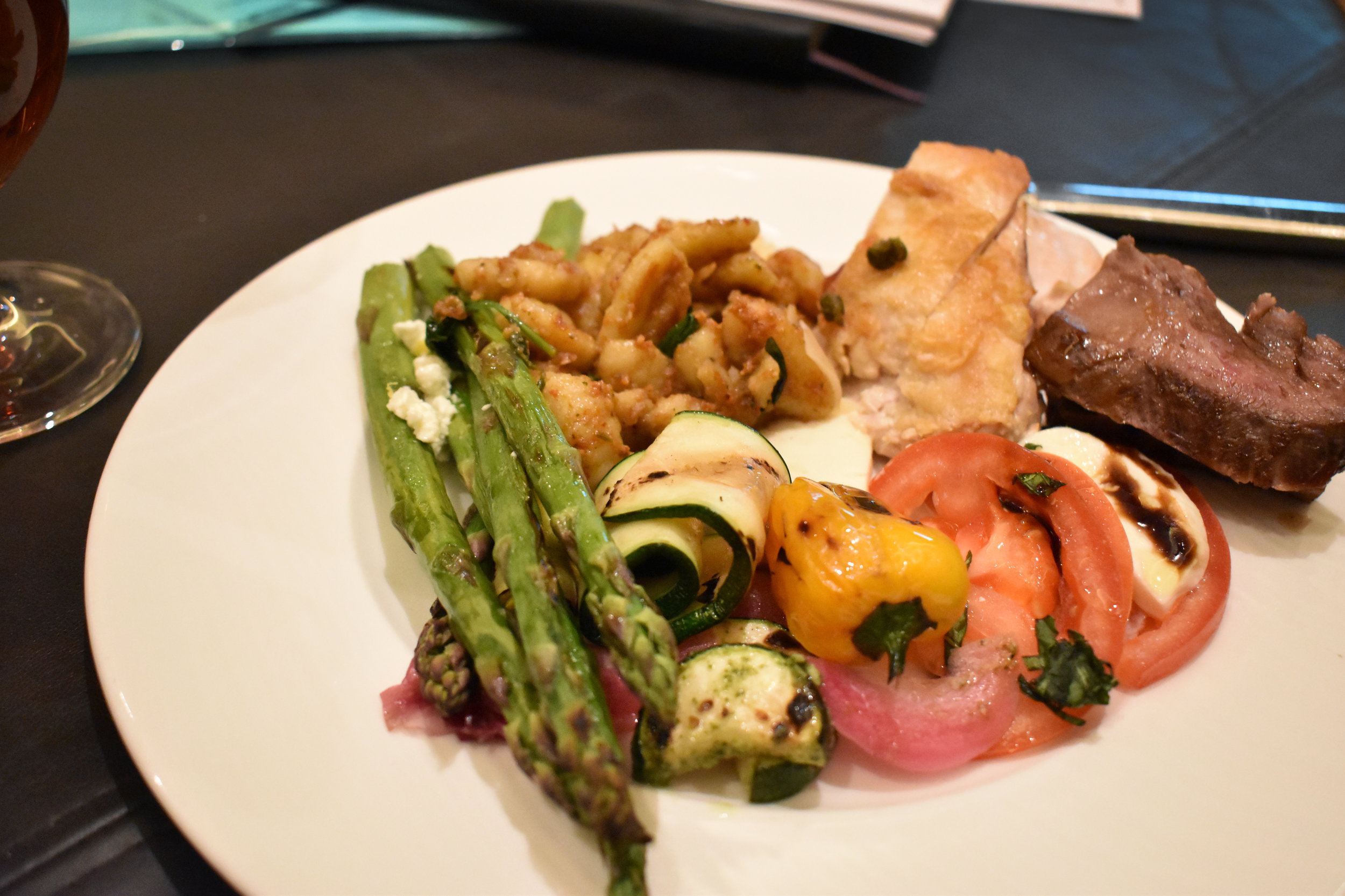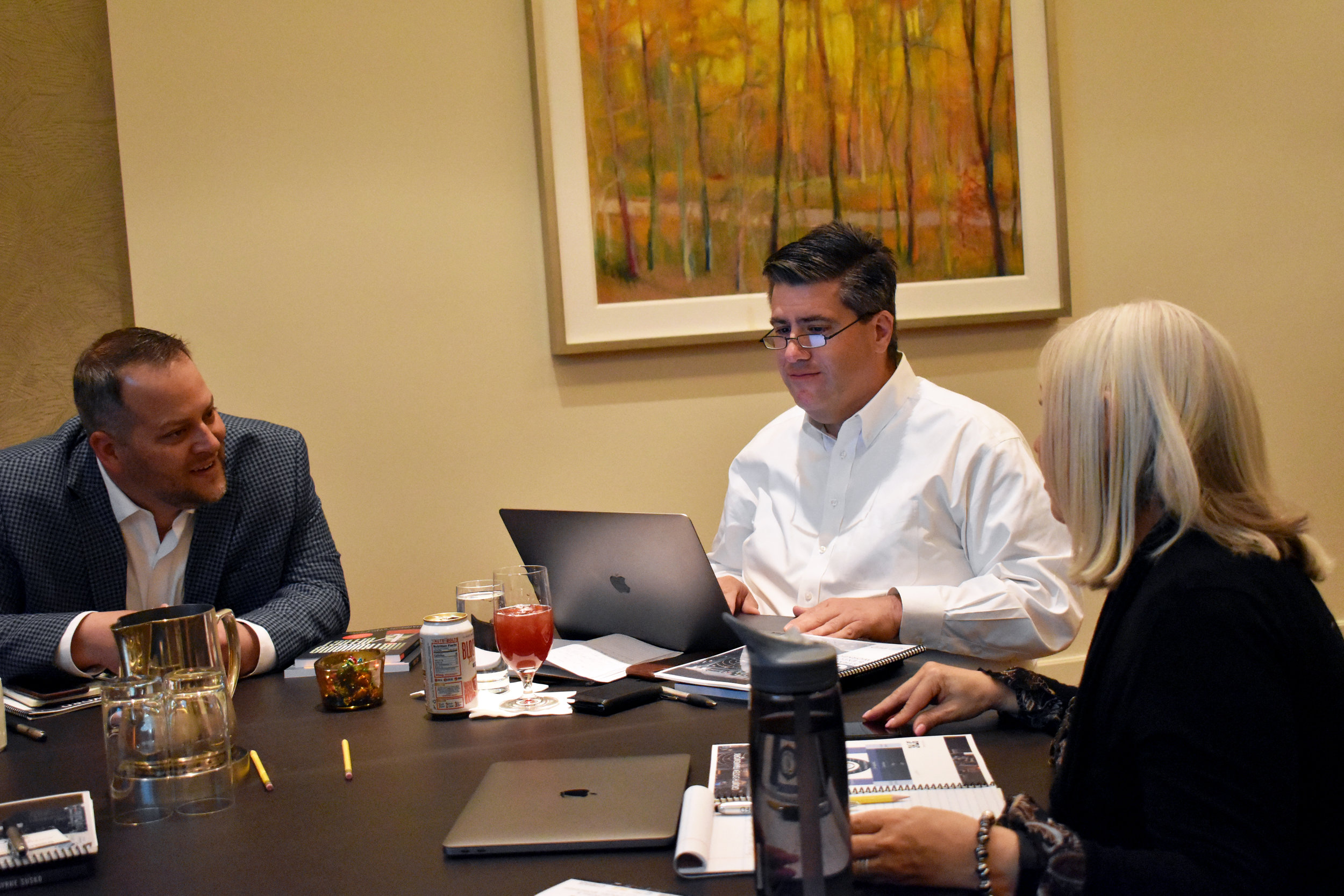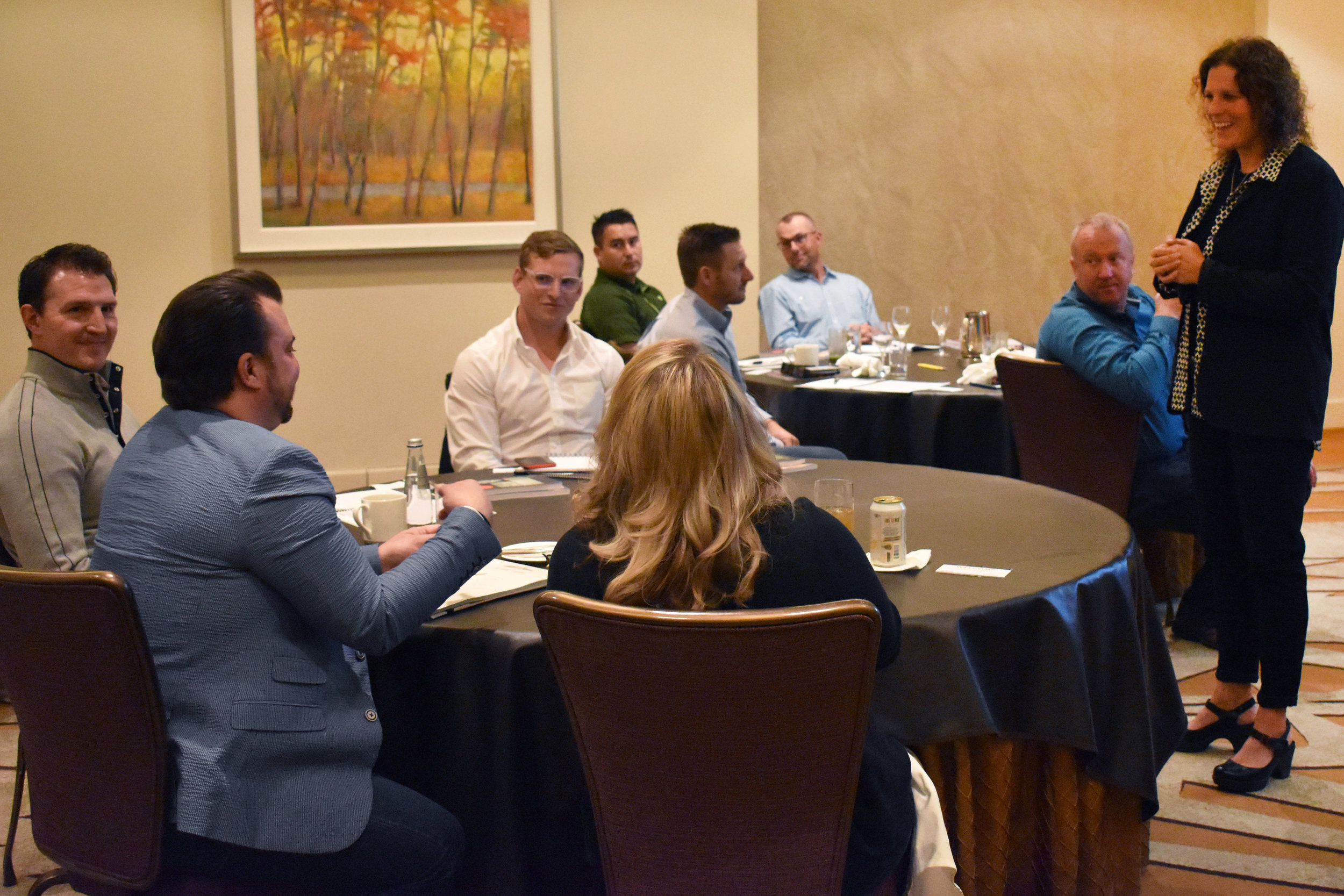At this point, we have heard repeatedly that Covid-19 has created a ‘new normal’. Implicit in this concept of this ‘new normal’ is fear – fear that we will not recover from this crisis, fear that we will not make it out of this crisis alive, and fear that we will not be able to adapt to and take on the challenges that this crisis-induced ‘new normal’ poses.
But what if we used Covid-19 as an opportunity to create not only a new normal, but a new, better normal?
We seem to have this collective nostalgia for the old normal, before this giant mess occurred. But in the midst of this unprecedented mess, we also have the unprecedented opportunity to reflect and ask ourselves – was what we were doing really working? Not only do we have the opportunity to ask these important questions, but we can also take this time to rethink how we are running our businesses to create new and better experiences for our employees and community overall.
One major theme of this new normal is isolation. In response to this virus, we have created measures where we isolate ourselves away from our friends and workspaces to prevent the spread of the virus. Importantly, I am not advocating for rash and unwise decisions to be made when we regard isolation as we move through this post Covid-19 world; rather, I would like to discuss isolation in an honest way that brings to light just how much isolation impacts us, so we can include it in the conversation going forward.
When we think of isolation, we don’t give it the credit it deserves in how it impacts us. We often regard experiences of isolation as “painful”, but we tend to consider this sort of pain as more abstract or metaphorical, separating it from other types of pain (i.e. physical pain) that we experience. Sure, we acknowledge that isolation isn’t ideal, but when we feel the impacts of isolation and loneliness, we don’t tend to name isolation as the problem – we internalize the blame, and we think that there is something wrong with us for feeling the way that we do. We might think that we should be able to handle the inconvenience of isolation without much of an issue, but our brains disagree. They simply don’t work that way.
Ample evidence exists to show just how detrimental isolation can be. The pain arising from isolation is a legitimate type of pain, and it is more similar to physical pain than we once might have thought. Modern neuroscience backs this up: Functional magnetic resonance imaging (fMRI) tests show that the pain associated with social exclusion and isolation closely resembles physical pain, as the same neural pathways are activated. This means that our brains have a hard time telling the difference between physical pain and social pain because it is registered in the same place. Further, isolation and loneliness has been shown to have long-term mental and physical health effects. When we say that isolation is painful, we are not talking about some abstract pain that we should be able to ignore. We are talking about real, concrete pain that we have been able to see in our brains. This world of isolation that we have created is incredibly painful to live in.
But is this painful isolation just a consequence of this post Covid-19 ‘new normal’?
No, it isn’t. We were isolated long before Covid-19, we just tended to ignore it and not take it seriously. In fact, one study from NPR shows that loneliness was on the rise in the United States long before the virus hit our shores – as more than three in five Americans reported feeling lonely in 2019 – one report even showing a 13% rise in loneliness from 2018. Isolation was already trending upwards, but we are now forced to look at it in a more brutal and honest way.
What is also important to note about the modern science about loneliness and isolation is that it does not prize just any connection over no connection. In fact, parallel to the studies on isolation are studies on exclusion, which show that if we feel excluded from the people around us, we experience the same neurological response of pain in our brains. Intuitively, we know this to be true as well. We’ve all been in these super toxic environments, and even if we are surrounded by people, the lack of meaningful connection in these situations is also isolating and painful. In fact, the same NPR study mentioned earlier cites modern workplace culture as a potential contributing factor to our increased loneliness. What we really need is positive connections where we can empower others and be empowered, and foster growth for ourselves.
This photo was taken from our May 2019 Workshop with Shannon Susko, before the pandemic hit and social distancing measures were put in place
So how do we create a new, better normal out of this isolated one?
We can use our businesses as a force to make real, positive changes in the lives of our employees by fostering a culture in which positive relationships can be formed. The average American works about 90,000 hours in their lifetime – so if you and your employees are having to deal with a painful, isolated, and toxic work environment, it is very unlikely that you can live a positive, fulfilled life. What we need to do is create work environments that foster meaningful connection – both inside our companies and out.
We can do this by:
Focusing on the foundational elements of our business – our core purpose and core values – so we can intentionally create a culture that is meaningful to us.
Intentionally hiring and training people to create a positive and empowering culture that people love to come to every day.
Giving back to the community especially in times of need, so we can create meaningful connections between our business and the broader community.
Taking care of yourself and your employees by creating intentional peer relationships with other forward-thinking CEO’s that you can trust. At PFD, we offer both Comprehensive Coaching Services as well as a CEO Growth Forum to build a community and support around you to tackle isolation to help you thrive
Covid-19 has given us a brutally honest lesson in isolation, which, frankly, is a problem that we have been ignoring with for a long time. However, with this unprecedented virus comes an unprecedented opportunity to rethink how we are doing business, so we can create a new, better normal together.
If you are interested in learning more about our comprehensive coaching engagement that will give you support as you navigate Covid-19 and scale your business, click here to schedule a call:
If you are interested in learning more about our new CEO Growth Forum, that will build a trusted peer community of CEOs around you, click here:
























